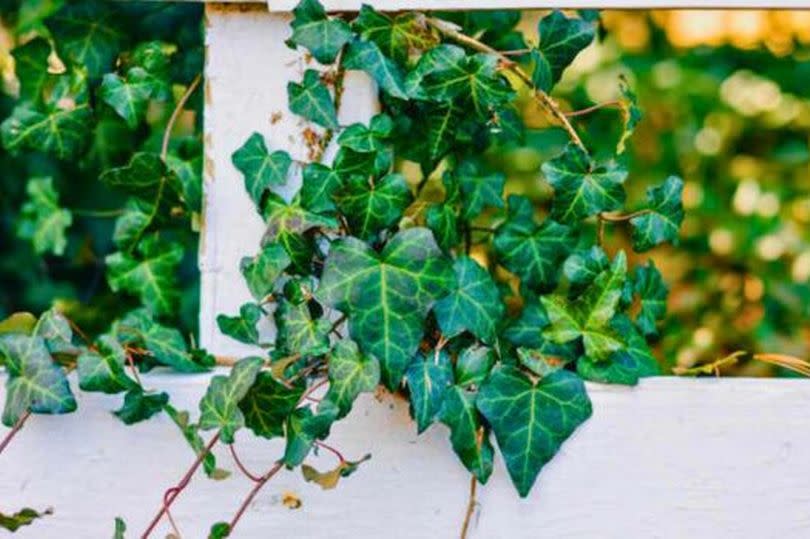Gardener shares 'absolute easiest' way to remove ivy and stop it returning

English ivy can look beautiful in gardens, but if it spreads and becomes uncontrollable, it can easily begin destroying your prized plants, flowers, and trees. In Britain, English ivy is a native plant but can still exhibit invasive behaviours as it can compete with nearby plants for nutrients, sunlight, and water, greatly stunting their growth.
Not only that, but ivy vines can climb onto buildings or fences and work their way into the cracks, which can cause structural damage if left unchecked. However, Brittany Bailey, a gardening and DIY expert from Pretty Handy Girl, has shared she has the "absolute easiest" way to get rid of ivy from your garden and prevent it from regrowing, reports the Express.
She said: "No back-breaking pulling or bending over. This is truly the best way to remove English ivy."
READ MORE Martin Lewis says everyone born in these years can get £6,100 handout - but you need to act fast
How to get rid of English ivy from your garden and home
You'll need to ensure you're wearing a good pair of work boots, a long-sleeved top, long-sleeved trousers, gardening gloves, and safety glasses. According to Brittany, it's important to "gear up" when removing ivy as it is a known shelter for many pests, including spiders and rodents, so it's best to protect yourself as much as possible.
To begin, you'll need to begin cutting the ivy for the best results and then use either a herbicide or natural homemade solution to completely get rid of it. Ivy's waxy leaves make it a tough plant to kill, but by cutting its vines, gardeners can create an "open wound" that allows the plant to soak up ivy-killing solutions more effectively.
To tackle the stubborn plant, use loppers or pruners to cut the ivy near ground level and then gently pull at the roots. However, be cautious not to rip it off completely as this could harm the surface it clings to. Brittany advised: "Resist the urge to pull the vines off because it can damage the bark. Once the ivy dies the greenery will turn brown and will eventually fall off."
For ivy on the ground, the process can be expedited with a lawn mower, though it's important to clear any surrounding debris first.
To fully eliminate ivy, apply a herbicide containing glyphosate, triclopyr, or imazapyr. Alternatively, for those seeking a greener approach, Brittany suggests a homemade mix of one gallon of white vinegar with a teaspoon of dish soap, warning to avoid contact with desired plants and trees.
Within a week, the ivy should start dying and release its hold, making it easy to rake away any remaining vines on the soil.
Brittany added: "If any roots resist raking, use a hoe to dig the roots out. This process will be much easier after a rainy day as the ground will be softer."
Keep a watchful eye on the area where the ivy was for a few weeks to ensure no new shoots start growing, as this method is the most effective and simplest way to permanently rid your garden of ivy.
We are now bringing you the latest updates on WhatsApp first

 Yahoo News
Yahoo News 
